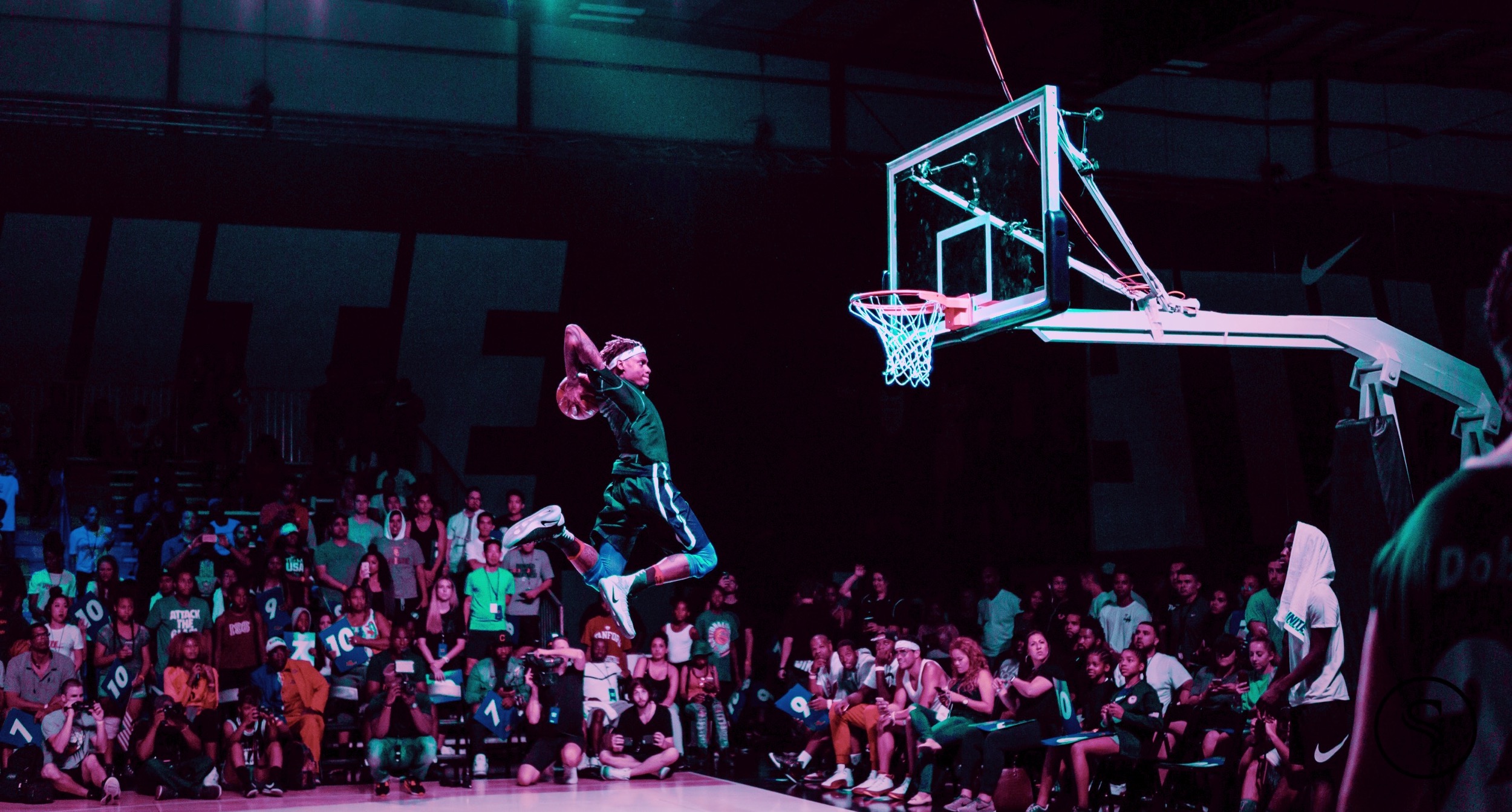Human health data is the most valuable data we collect and analyze. It’s the only data I can think of that directly impacts the length of a person’s life. While fitness wearables have helped popularize the mass recording of individual, daily health data. Most monitors miss meaningful data – body temperature, blood pressure, blood glucose, ECG, respiratory rate, etc. But new advances in biosensors and wearable health monitors are bringing us closer to a complete human health picture.
And the possibility of elevating sports is what has me very excited.
A New Health Monitor
Researchers at the Georgia Institute of Technology broke the status quo on electrode monitors. They’ve created a soft and conformable monitor that can broadcast electrocardiogram (ECG), heart rate, respiratory rate, and motion activity data as far as about 50 feet to a smartphone or tablet. The biosensor is leagues ahead of other monitors on the market today.
The entire health monitor is just three inches in diameter. The membrane is waterproof, so an adult could take a shower while wearing it. There is nothing between the skin and the ultrathin sensor, so it is comfortable to wear.
John Toon, Futurity
When you put a conventional electrode on the chest, movement from sitting up or walking creates motion artifacts that are challenging to separate from the signals you want to measure. Because our device is soft and conformal, it moves with the skin and provides information that cannot be seen with the motion artifacts of conventional sensors.
John Toon, Futurity
This health monitor has a key advantage for young children who are always moving, since the soft conformal device can accommodate that activity with a gentle integration onto the skin.
First and foremost, the device removes the attachments of conventional monitors in the hospital. And it also makes remote monitoring far more comfortable.
This is why I’m particularly fascinated by a vertical this biosensor might take.
Biosensors in Sports
There’s really not much stopping these researchers from using their biosensors in active settings.
Yeo [researcher] plans to reduce the size of the device and add features to measure other health-related parameters such as temperature, blood oxygen, and blood pressure.
John Toon, Futurity
Combine this with the advances from other similar health monitoring devices – hydration, muscle and brain activity, gait speed – and their biosensor becomes a complete, non-disruptive athlete monitoring package.
Concussions are the worst opponent facing every NFL player. Medical tattoos placed near the temples could track brain activity of players during a game, making sure to take players out that show early signs of a concussion.
Biosensors in Medical Tattoos
In the NBA, courtside trainers could monitor the energy exertion on every muscle of their players. Thus, advising coaches when to take a player out to stretch a muscle that’s on the verge of injury.
Impacting the Game
If we advanced to this level of discrete wearable health monitor, then it seems almost natural to let players wear them during games to maximize performance. Especially considering how much money teams invest in their players already.
Then again, there are many questions about how this would affect the game:
- Would this player data be available to both teams? In that sense, would it become easier to target a player who is particularly exhausted during the game?
- What new data-informed decisions would arise from these wearable health monitors?
- How would teams pair this health data with previous performance data? They don’t want to base substitutions just on the health stats. For instance, a player like Ray Allen excelled at digging deep through exhaustion at the end of a game.
Carrying on with this theoretical future, I wouldn’t be surprised if this data were channeled to the home viewer.
Already Amazon is heavily influencing the NFL viewer interface through their NextGen Stats platform. Collectively, we’re moving more and more toward broadcasting this data-heavy, video-game-style interface for home viewers. And this player health interface aligns with something all gamers are familiar with in the NBA2k saga:
Interesting in theory. However, I don’t want to lose sight of the main point, which is that a non-obstructive health biosensor would be really beneficial in keeping an eye on a player’s health at all levels of athletics.
At the grassroots level, it seems as though every year a youth football player dies during the summer heat due to overworking their bodies. Biosensors that sense skin temperature and skin hydration would track a player’s health during practice and play – giving them breaks when their bodies need it.
Biosensors in Medical Tattoos
